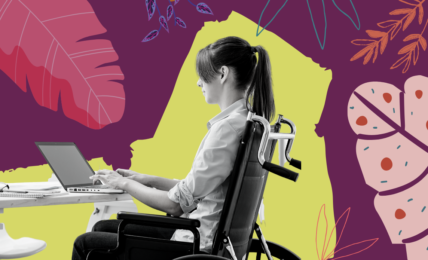Valuable 500 announces new investment, partners committed to expanding disability inclusion in business
According to the World Economic Forum, approximately 15 per cent of the population — or 1 in 7 people — live with some form of disability. And while a large portion of this group can work, it remains an underemployed segment.








